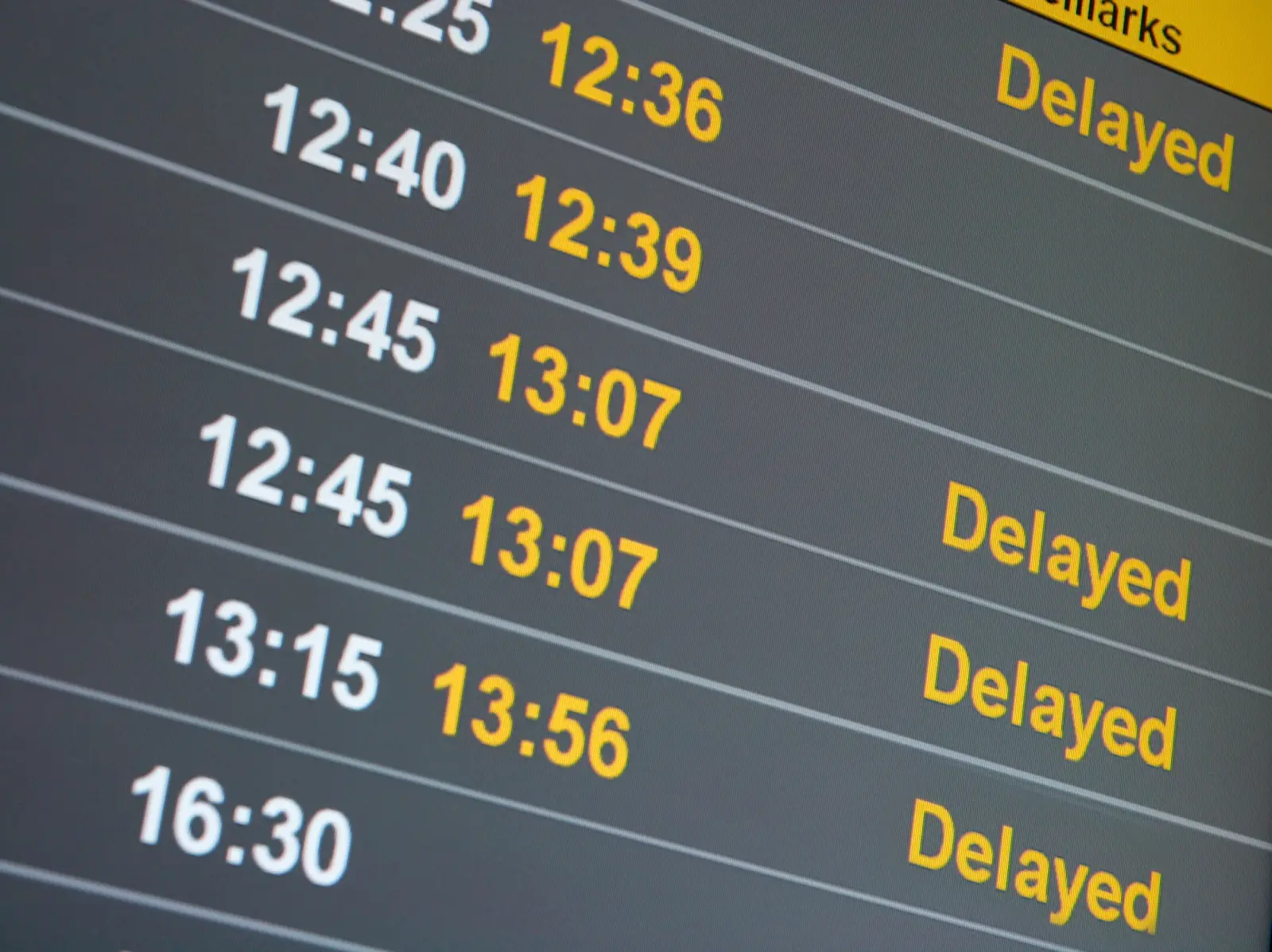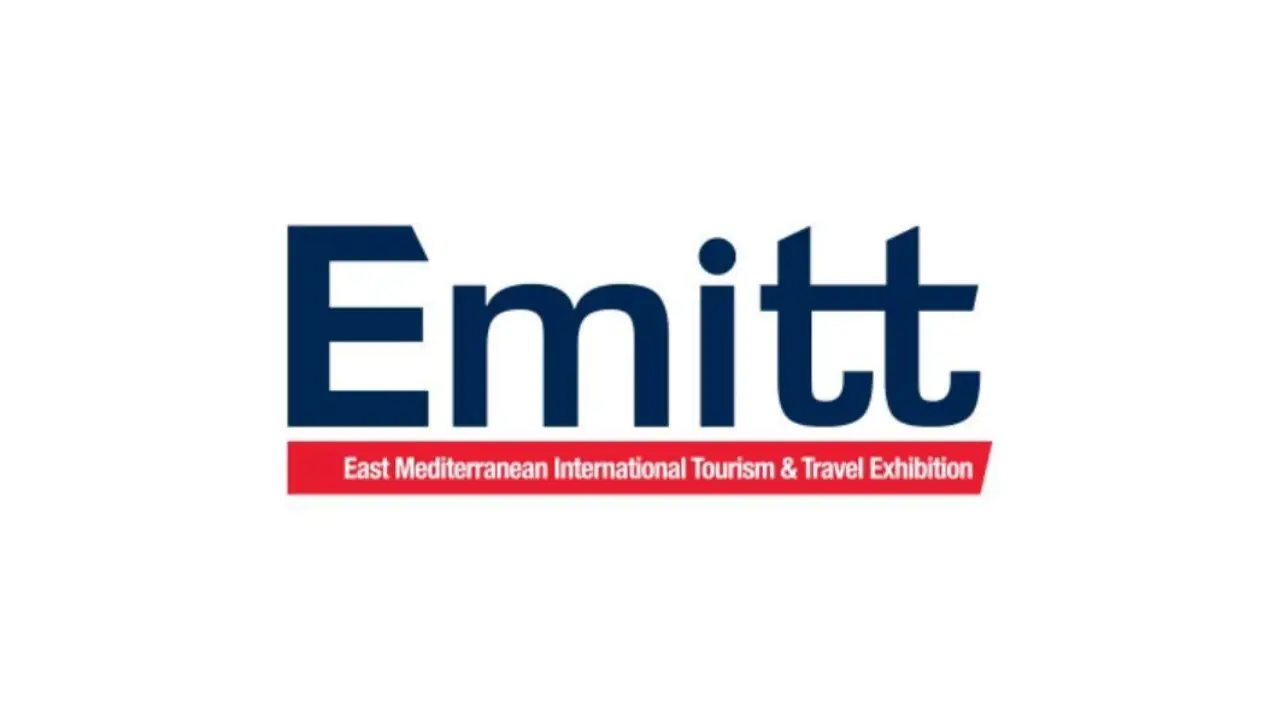Travel to and within the U.S. grew 3.6 percent year-over-year in December but the growth trend is tempered by concerning signs in the lucrative international inbound market.
That segment grew at a rate of 2.8 percent in December—well off November’s hot pace of 3.8 percent growth year-over-year, according to the U.S. Travel Association’s latest Travel Trends Index (TTI) Worse, the deceleration trend is expected to continue, with the Leading Travel Index (LTI) projecting international inbound travel to slow to 2.0 percent through June 2019.
“A projected global economic cooling and persistent trade tensions will continue to threaten international inbound travel growth,” said U.S. Travel Senior Vice President for Research David Huether. “The expected softening of the dollar and the de-escalation of the U.S.-China trade conflict should be positives for the international segment, but the market will not be able to fully capitalize on those advantages without some help.”
Huether pointed to the long-term renewal of Brand USA and the enhancement and expansion of the Visa Waiver Program (VWP) as two legislative initiatives that could help the U.S. regain its share of the global long-haul travel market in the face of increasing competition for international travelers. Timely reauthorization of Brand USA by Congress is critical to helping turn this trend around, as is the inclusion of additional qualified countries in the VWP.
The TTI’s bright spot is the strength of domestic travel: Domestic travel demand increased 3.6% in December compared to December 2017. Both the business and leisure segments showed firm growth at or above each segment’s respective 6-month trend. The leisure segment (4.0% growth) outperformed the business segment (2.6%). Vacation intentions remain upbeat despite early signs of softening consumer confidence and business investment relative to robust 2018 levels.
International inbound travel expanded 2.8% in December, slightly faster than its 6-month moving average. However, there are new indications that global growth and trade activity will cool over the course of 2019. This, coupled with an appreciation of the dollar during the second half of 2018, supports an expectation of weaker international demand growth through the first six months of the new year.

Domestic travel is expected to grow approximately 2.6% year-over-year through June 2019, with business and leisure both contributing to the expansion. The business segment remains poised to outperform the leisure segment over the next six months, supported by strong but decelerating business investment. Increased volatility has roiled financial markets and contributes to our view that business investment growth will cool in 2019. Leisure travel growth is expected to remain around 2.2% as wage growth continues to firm and gasoline prices remain low.
International inbound travel demand grew slightly faster than its 6-month average in December, expanding by 2.8% year-over-year; however, we continue to expect much softer growth through the first six months of 2019. Global economic cooling, persistent trade tensions and uncertainty surrounding the Trump administration are major risks to international traveler sentiment. Apparent de-escalation of the U.S.-China trade conflict and an expected softening of the dollar may help ease these downside risks.
The TTI is prepared for U.S. Travel by the research firm Oxford Economics. The TTI is based on public and private sector source data which are subject to revision by the source agency. The TTI draws from: advance search and bookings data from ADARA and nSight; airline bookings data from the Airlines Reporting Corporation (ARC); IATA, OAG and other tabulations of international inbound travel to the U.S.; and hotel room demand data from STR.













